Civic Lab Online: What is Indigenous Peoples’ Day?
Posted on October 4, 2022 at 6:00 am
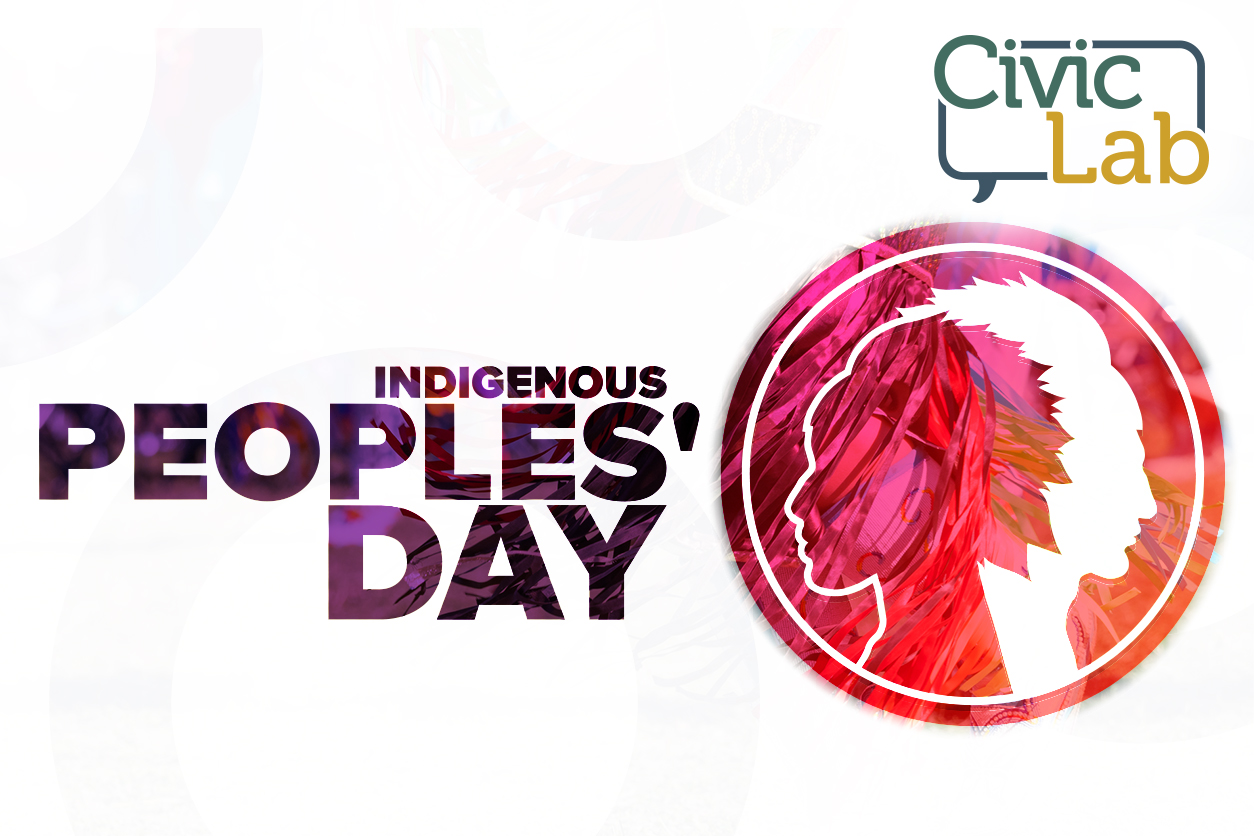
About Civic Lab Online
Civic Lab Online provides information on issues facing our community for you to explore. Take a look at thought-provoking materials for teens and adults that allow us to engage in open conversation and grow together as a community. You’ll find all past topics on the Civic Lab Online web page.
Indigenous Peoples’ Day: Fast Facts
Last year Indigenous Peoples’ Day was proclaimed a federal holiday for the first time. It has been celebrated in individual states and cities for years and now is gaining more recognition as areas develop their own traditions, celebrating local tribes and Native American heroes. How did this day begin, and how do citizens who aren’t Indigenous celebrate it?
What is Indigenous Peoples’ Day? Why does it share a day with Columbus Day?
Over the last 30 years, more and more states and cities have chosen to celebrate Indigenous Peoples’ Day in addition to or instead of Columbus Day.
- Columbus Day was first an annual celebration among Italian Americans in San Francisco, until President Harrison declared a national celebration on the 400th anniversary of Columbus’ arrival (1892) to calm tensions after the lynching of 11 Italian immigrants in New Orleans, Louisiana.
- President Roosevelt then declared Columbus Day a national holiday in 1937, celebrated on October 12, partly to gain acceptance for Catholic Italian Americans who were considered racial and religious minorities, often facing prejudice.
- In 1971, Columbus Day became a federal holiday (when non-essential federal offices are closed) and was changed to the second Monday in October.
- Columbus Day has continued to be a celebration of Italian American heritage, but it has also become increasingly controversial because it is a reminder to Native citizens of the genocide and exploitation that occurred when Christopher Columbus returned to the Americas with reinforcements seeking gold and slaves. Many indigenous communities have been protesting the holiday since its creation and the lessons in many schools that portray Native people as existing only in the past. Some Italian communities have advocated for Italian Heritage Day in place of Columbus Day.
- Columbus Day has also become a point of controversy because many common beliefs about the Columbus story are incorrect (many disproven by his own writings). For example, he considered himself Spanish rather than Italian (Italy was not a country yet). He landed in the Caribbean and never set foot in the mainland Americas. Other European sailors had landed in the Americas before Columbus, and he likely knew of this. He was not considered a great success in his own time—several colonies died out due to his miscalculations, and at one point, he was imprisoned for brutality to Spaniards in Hispaniola, though later exonerated. And finally, people of his day did not believe Earth was flat, but opinions differed on how round it was (Columbus thought Earth was pear shaped).
An indigenous day of respect was celebrated at an international conference on discrimination sponsored by the United Nations in 1977. In 1990, the International Conference on Discrimination Against Indigenous Populations in the Americas, sponsored by the United Nations, discussed replacing Columbus Day with Indigenous Peoples’ Day.
States can decide to opt out of or celebrate a different federal holiday. In 1989, South Dakota, home to a large Native population, was the first state to change from Columbus Day to Native American Day, which they celebrated for the first time in 1990. Hawai’i changed the name of its October 12 holiday to Discoverers’ Day, in honor of Polynesian navigators.
In 1992, to coincide with the 500th anniversary of Columbus’s arrival, the city of Berkeley, California, became the first to recognize the holiday called Indigenous Peoples’ Day.
In 2015 an estimated 6,000 Native people and their supporters gathered at Randall’s Island, New York, to recognize the survival of the Indigenous peoples of the Western Hemisphere. The huge turnout helped Indigenous Peoples’ Day gain attention as a holiday.
In August 2016, the Spokane City Council voted to change Columbus Day to Indigenous Peoples’ Day and more than 100 people attended the celebration. October 2022 will mark Spokane’s seventh celebration of Indigenous Peoples’ Day.
As of 2020, 14 states (Alabama, Alaska, Hawai’i, Idaho, Maine, Michigan, Minnesota, New Mexico, North Carolina, Oklahoma, Oregon, South Dakota, Vermont, and Wisconsin), Washington D.C., and 130 cities have opted to celebrate Indigenous Peoples’ Day.
On October 8, 2021, President Joe Biden declared it a federal holiday, to be celebrated in the United States on the second Monday in October.
I’m not an Indigenous person. What are some appropriate ways to celebrate this day?
There is no official way to celebrate, but many suggestions have been made by cities and states who have a head start on making Indigenous Peoples’ Day a tradition. Ideas include the following.
- Plant native plants in your yard to support healthy ecosystems. Many tribes have a long history with the plants that are native to their region. The Washington State Native Plant Society can offer suggestions on what to plant in your county.
- Read a book by a Native writer. Your local library can offer suggestions.
- Look for online celebrations, such as those offered by the Smithsonian National Museum of the American Indian (October 10) or the Indigenous Peoples’ Day Convergence (October 7–10).
- Attend an in-person event, such as Spokane’s annual celebration outside City Hall featuring Native speakers and dancers.
- Take advantage of an educational resource that teaches accurate Native history, such as Native Knowledge 360°.
Read. Watch. Listen.
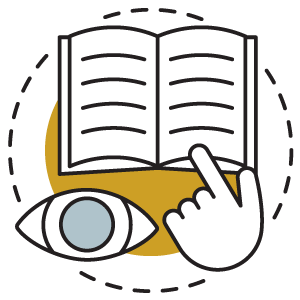
READ
“What Indigenous Peoples’ Day means to Native Americans.” Morning Edition, NPR.org, 11 October 2021.
“President Biden made it official, proclaiming Indigenous Peoples’ Day a federal holiday, shared with Columbus Day. For Dr. Susan Faircloth, it is much more than the Monday of a three-day weekend.”
Zotigh, Dennis W., and Renee Gokey. “Rethinking How We Celebrate American History—Indigenous Peoples’ Day.” Smithsonian Magazine, 12 October 2020.
“Happy Indigenous Peoples’ Day! On Monday, more states, cities, and communities than ever will observe Indigenous Peoples’ Day in place of or in addition to Columbus Day. They’re part of a larger movement to see a more complete and accurate history of the United States taught in our schools and public spaces. Given research showing that the majority of state and local curriculum standards end their study of Native American history before 1900, the importance of celebrating the survival and contemporary experience of Native peoples has never been clearer.”
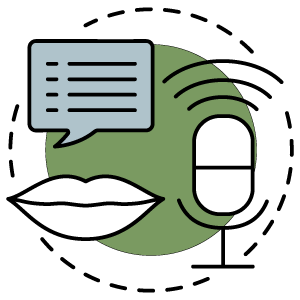
WATCH
“DG House – Artist in Residence Discusses Indigenous Peoples’ Day.” Eiteljorg Museum, YouTube, 12 October 2020.
DG House is a member of the Cherokee of northeast Alabama and Artist in Residence at the Eitljord Museum. She discusses Indigenous Peoples’ Day, and its importance for the community.
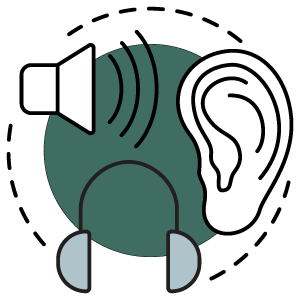
LISTEN
“What is Indigenous Peoples’ Day?” Novant Health Mosaic, Google Podcasts, 4 January 2022.
This podcast shares excerpts from a Native American business resource group. This podcast seeks to show the health and community of different groups, and this episode focuses on the Native American peoples and bridging gaps in information, clarifying misunderstandings, and discussing challenges among the Native American population.
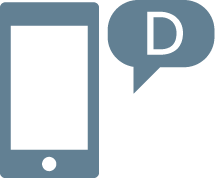
Digital & Print Resources
Gale General OneFile & Gale in Context: Opposing Viewpoints
Learn more about Indigenous Peoples’ Day with these digital resources.
Print & Other Materials in Our Catalog
Search our catalog for books, large print, eBooks, and audiobooks.
Downloadable Documents
Indigenous Peoples’ Day: Fast Facts
Indigenous Peoples’ Day: Read. Watch. Listen.
Indigenous Peoples’ Day: Sources
Tags: adults, civic engagement, civic lab, Columbus Day, community, Discussion, Indigenous Peoples' Day, teens
